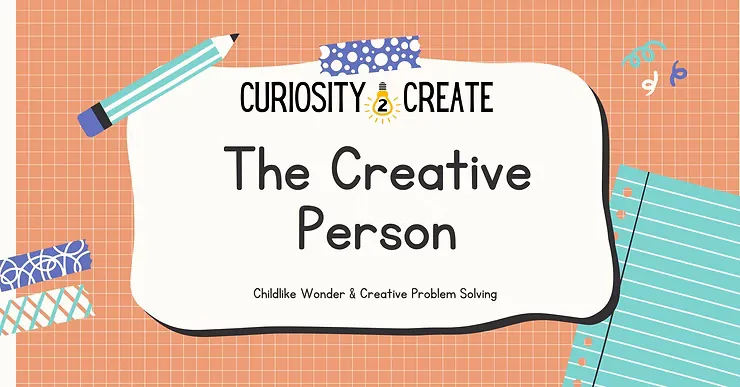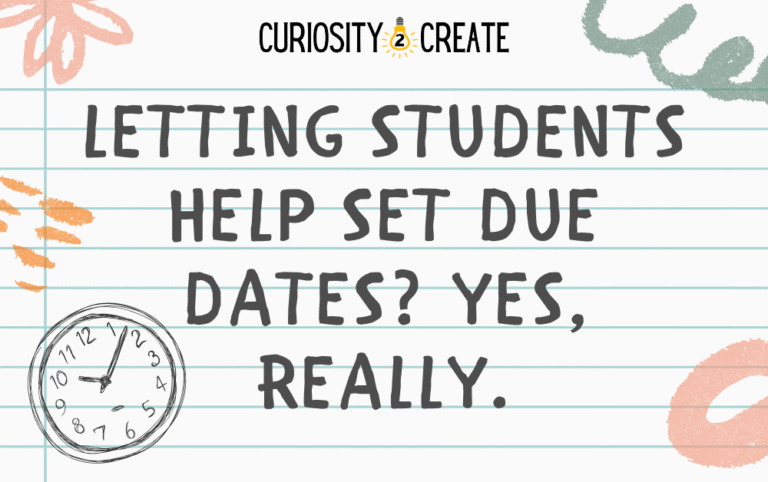Leading Like an Apprentice: Why Great Leaders Never Graduate
This article was originally posted on August 20th, 2025 on my Substack

Do you remember when you were young? For some of us, it might be a while since we thought about our childhood.
Being a parent or a grandparent often allows us to revisit our childlike side: we can play with dolls and action figures, dress up as kings and queens, wrestle the “bad guys” on the floor, playhouse, and teach our stuffed animals to read. We can play hide and seek, kick the can, design masterpieces with Play-Doh and Legos, and create silly and adventurous bedtime stories.
Watch any child and you will be in awe by the depth of his/her imagination and wonder.
Where does that go?
When was the last time you used your imagination or were overcome by a sense of wonder? Has our world become so complex and scary that we forget to find time to play? Do the problems you face feel daunting and ambiguous?
In the last few blogs, we discussed the importance of creativity and started breaking down the four ways of understanding creativity starting with the creative person. Now that we all realize that we can be creative – let’s dig deeper into the creative process and in a way – try to solve those complex problems and regain our imagination.

What do you do when you face problems that are:
Can you think of a problem in your life at home, work, or school that fits into one of those categories? Then keep reading. Creative Problem Solving (CPS) to the rescue!

What is Creative Problem Solving (CPS)?
Creative Problem Solving was specifically designed to help us look at complicated obstacles in an innovative way. There are training programs and classes you can attend to help through this process. Research has found that:
“Based on 70 prior studies, it was found that well-designed creativity training programs typically induce gains in performance with these effects generalizing across criteria, settings, and target populations. Moreover, these effects held when internal validity considerations were taken into account” (Scott, Leritz, and Mumford, 2004).
Basically, if you learn how to use Creative Problem Solving (CPS) it can help you excel in all areas of your life – no matter who you are or where you live.
So why not learn how?
First, you need to assess the situation by gathering data and insights into the problem. Clearly define the problem you are about to tackle.
Next, there are three broad stages to CPS: Clarification, Transformation, and Implementation. These three stages are flexible and you can start the process at any point. This process is rarely linear and may need to be repeated several times before clearly solving the problem.

Clarification Stage – This is the broader view and often where we need to start. Ask yourself:
Transformation Stage – this is where we start digging into the solution. Ask yourself:
Implementation stage – this stage converts your solution idea into reality. Ask yourself:
Sounds easy, right? There may be times during the process that you feel frustrated and frankly not very creative. So, here are a few reminders:
Well? What problem are you going to creatively solve first? There are many problems that we face every day – from small personal ones to large social ones.
Maybe you want to start small or maybe you are ready to tackle something big. Always keep in mind that you don’t have to do this alone. Embrace the joy in collaboration.
Above all, hang on to your imagination and sense of wonder. Go grab some Play-Doh…and start creating!
At Curiosity 2 Create we want to support you as you begin your creative journey. Let us know we can help. Don’t forget to share how you are implementing creativity into your life!
Interested in learning more? Read:
Puccio G.J., Klarman B., Szalay P.A. (2020) Creative problem-solving. In: Glăveanu V. (eds) The Palgrave Encyclopedia of the Possible. Palgrave Macmillan, Cham. https://doi.org/10.1007/978-3-319-98390-5_41-1
Our Source:
Scott, Ginamarie & Leritz, Lyle & Mumford, Michael. (2004). The Effectiveness of Creativity Training: A Quantitative Review. Creativity Research Journal. 16. 361-388. 10.1207/s15326934crj1604_1.
Share Post:
This article was originally posted on August 20th, 2025 on my Substack

There’s something comforting about a first idea. It arrives fast. It feels

At first, it sounds like a recipe for chaos: giving students a